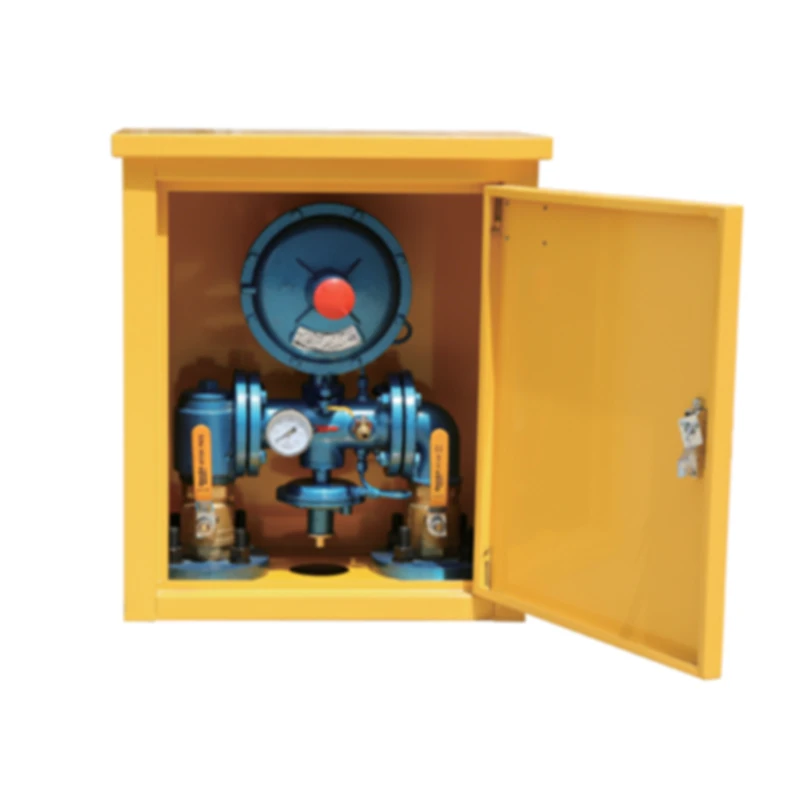
Jan . 01, 2025 03:12
Back to list
Optimizing Gas Coalescer Efficiency for Enhanced Separation Performance and Reduced Downtime
Understanding Gas Coalescers Principles and Applications
Gas coalescers are essential components in various industries, primarily designed to separate gas streams from liquid contaminants. Their functionality is vital in processes involving gas treatment, where the purity of the gas is of utmost importance. This article will delve into the principles behind gas coalescers, their designs, and their wide-ranging applications.
What is a Gas Coalescer?
A gas coalescer is a filtration device that serves to remove liquid droplets from gas streams. By doing so, it enhances the quality of the gas and prevents damage to downstream equipment. The fundamental principle behind coalescing is based on the physical properties of fluid dynamics, particularly how smaller droplets aggregate into larger ones that can be easily separated.
Working Principle
The working mechanism of a gas coalescer revolves around the process of coalescence. When a gas saturated with liquid droplets passes through the coalescer, these droplets encounter a media (often made of fibrous materials). As the gas flows through this media, the small droplets collide with each other and coalesce into larger droplets.
The larger droplets, due to gravity, settle down and are collected at the bottom of the unit, while the purified gas passes through. The efficiency of this separation process depends on several factors, including the size of the droplets, the flow rate, and the design of the coalescing media.
Design Features
Gas coalescers are designed to optimize the coalescence process. They typically consist of a housing, coalescing elements, and a means of collecting the separated liquid. The coalescing elements can be arranged in various configurations to enhance contact between gas and liquid. Some common design features include
1. Fibrous Media The choice of media can significantly affect performance. Fibers with specific characteristics can enhance the coalescence of droplets, leading to more efficient separation.
gas coalescer

2. Separator Elements These can be plates or other structures that help direct the flow and enhance the gathering of droplets.
3. Outlet Configuration The design of the outlet is crucial to ensure that the separated liquid can be efficiently drained away, preventing any backpressure that could hinder performance.
Applications
The applications of gas coalescers span across multiple industries
1. Oil and Gas In the oil and gas industry, coalescers are used to clean natural gas by removing water and hydrocarbon liquids. This purification is essential to prevent corrosion in pipelines and to ensure the efficiency of combustion processes.
2. Chemical Processing Many chemical production processes involve gaseous reactants that can become contaminated with liquid byproducts. Coalescers are implemented to ensure the purity of reactants, optimizing yield and product quality.
3. Pharmaceuticals In pharmaceutical manufacturing, maintaining high purity levels of gases is critical. Coalescers help in achieving these standards, ensuring that the final products are safe and effective.
4. Food Processing The food industry also benefits from gas coalescers, especially in processes that involve gases like nitrogen or carbon dioxide. Ensuring that these gases are free from contaminants is crucial for product safety and quality.
Conclusion
Gas coalescers play a pivotal role in maintaining the purity of gas streams across various industries. Understanding their design, functionality, and applications helps industries optimize their processes and enhance the quality of their products. With the continual evolution of technology, gas coalescers will likely become even more efficient, contributing to greater sustainability and safety in industrial processes.
Latest news
-
Safety Valve Spring-Loaded Design Overpressure ProtectionNewsJul.25,2025
-
Precision Voltage Regulator AC5 Accuracy Grade PerformanceNewsJul.25,2025
-
Natural Gas Pressure Regulating Skid Industrial Pipeline ApplicationsNewsJul.25,2025
-
Natural Gas Filter Stainless Steel Mesh Element DesignNewsJul.25,2025
-
Gas Pressure Regulator Valve Direct-Acting Spring-Loaded DesignNewsJul.25,2025
-
Decompression Equipment Multi-Stage Heat Exchange System DesignNewsJul.25,2025

